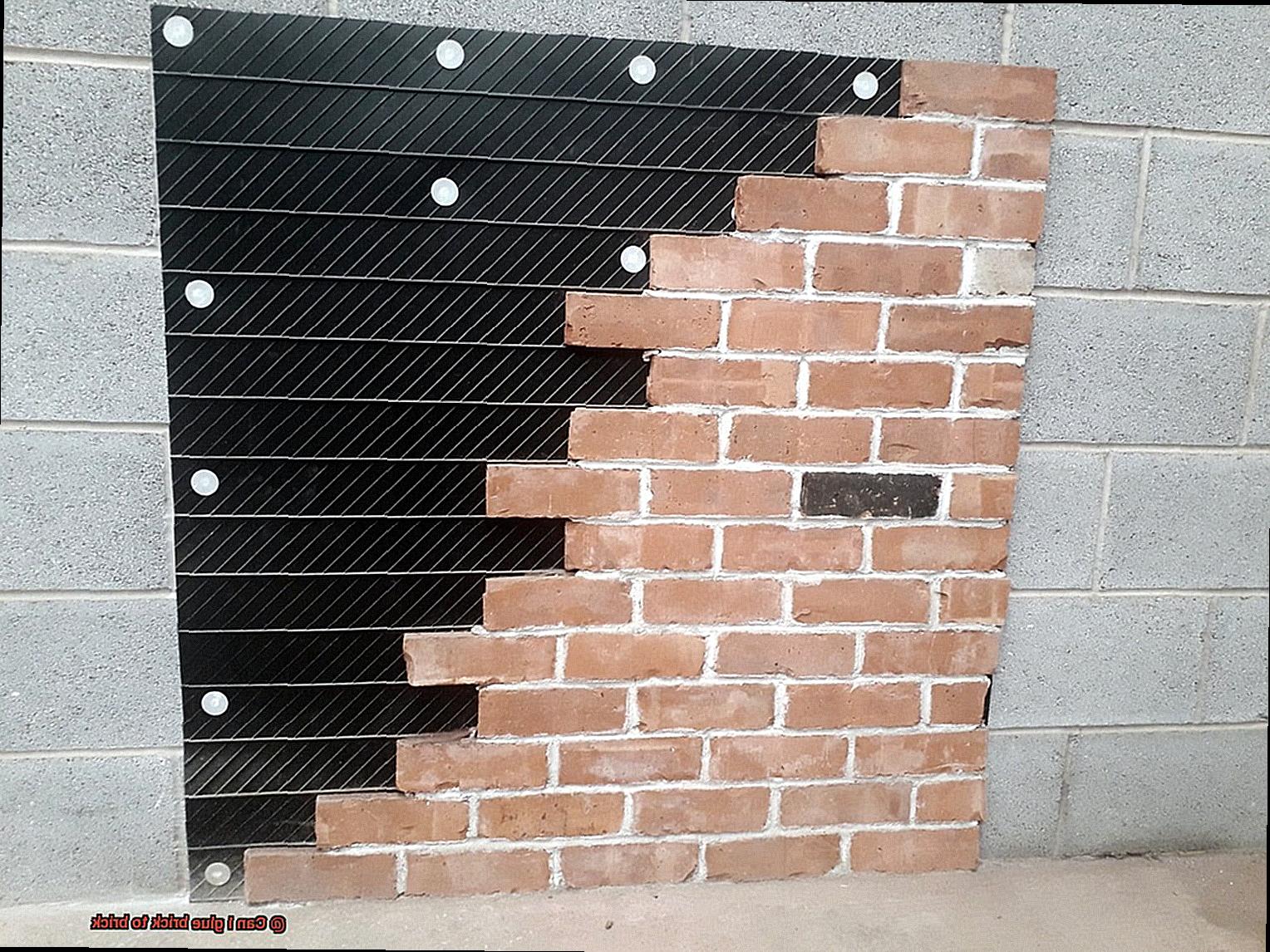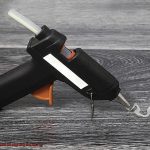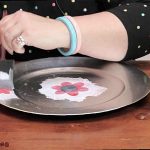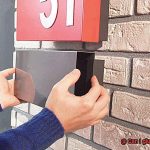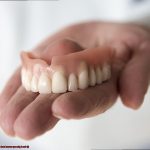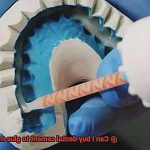Bricks, those resilient and visually captivating building blocks that have stood the test of time, have always been a go-to choice for architects, DIY enthusiasts, and homeowners seeking durability with a touch of elegance.
Traditionally, these mighty masonry wonders were joined together using mortar—a blend of cement, sand, and water. But as technology evolves, a burning question arises: can we simply stick brick to brick using glue?
In this riveting blog post, we embark on an exhilarating journey through the pros and cons of adhesive bonding in the realm of bricks. Brace yourself for answers to pressing questions like whether glue can bear the weight of a structure or endure nature’s wrath in all its fury.
Moreover, we’ll dive into the artistry behind seamlessly integrating glued bricks into existing brickwork. So if you’re pondering an unconventional path away from conventional mortar, fasten your seatbelts as we explore the possibilities and arm you with insights for an educated decision.
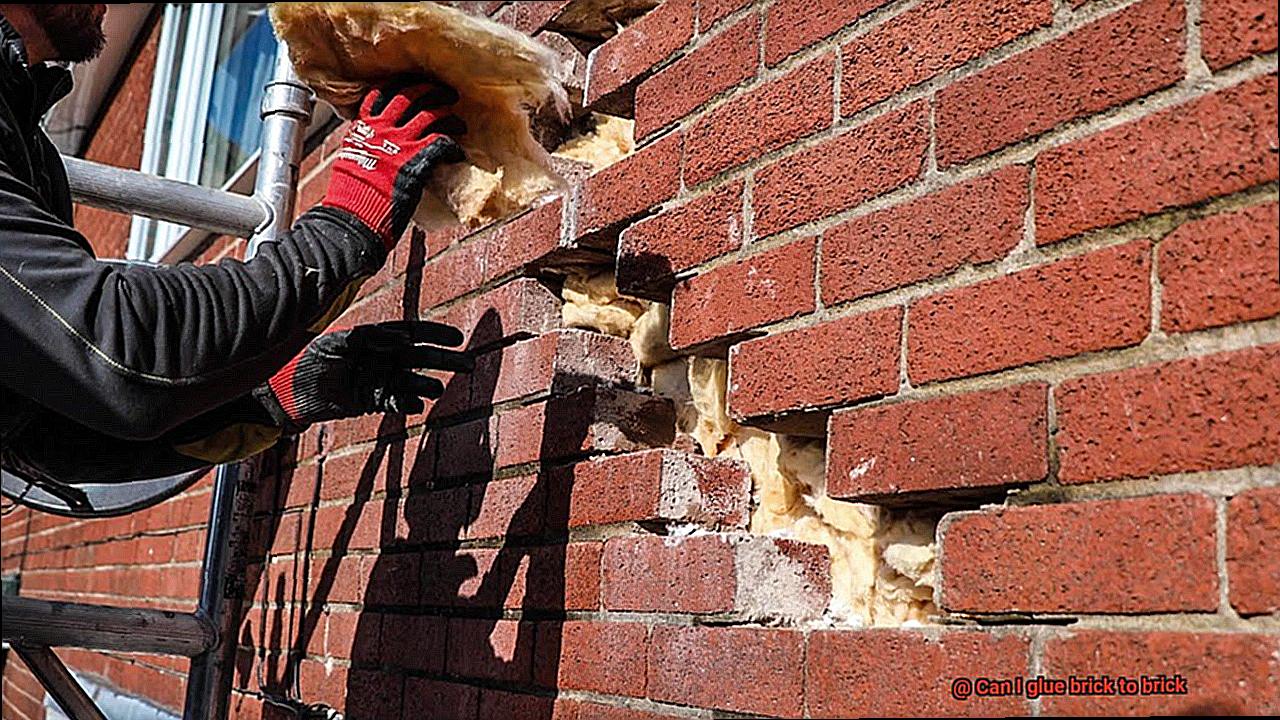
Advantages of Glueing Brick to Brick
Contents
- 1 Advantages of Glueing Brick to Brick
- 2 Disadvantages of Glueing Brick to Brick
- 3 Choosing the Right Adhesive for Gluing Brick to Brick
- 4 Preparing the Bricks Before Gluing
- 5 Applying the Adhesive Properly
- 6 Curing Time for the Adhesive Bond
- 7 Strength and Durability of a Glued Bond
- 8 Factors Affecting the Longevity of a Glued Bond
- 9 Conclusion
Glueing brick to brick offers numerous advantages that make it a desirable option for construction and design projects. One of the key benefits is the enhanced structural integrity it provides. When bricks are glued together, they form a strong bond that reinforces the overall strength of the structure. This is particularly beneficial in projects where additional stability and durability are required.
Another advantage is the simplified construction process compared to traditional methods such as mortar. With glue, there is no need for mixing or waiting for it to set. This saves both time and effort, allowing for faster completion of the project. Moreover, since glue can be easily applied using a caulking gun or adhesive applicator, it provides a more convenient option for builders and contractors.
Glueing brick to brick also offers versatility in design possibilities. Unlike traditional mortar joints, which can limit the appearance and arrangement of bricks, glue allows for more creative freedom. Bricks can be arranged in unique patterns or applied vertically, horizontally, or even at angles, providing architects and homeowners with greater design options.
In addition to its design flexibility, glueing brick to brick can enhance the aesthetic appeal of a structure. The absence of visible mortar joints gives a sleek and seamless appearance to the brickwork. This clean and modern look is particularly desirable in contemporary architectural designs where a minimalist aesthetic is sought after.
Maintenance requirements are significantly reduced with adhesive glue compared to mortar-based constructions. Traditional mortar joints may deteriorate over time due to weather conditions, requiring periodic maintenance and repairs. However, with glue, there is minimal risk of cracks or crumbling joints, leading to long-term cost savings and less frequent maintenance needs.
Furthermore, glueing bricks together can improve the thermal efficiency of a building. The absence of mortar joints minimizes heat transfer and air leakage, resulting in better insulation. This can lead to reduced energy consumption for heating and cooling, ultimately saving on utility bills.
Lastly, glueing bricks together using waterproof adhesive provides increased resistance to water damage. Traditional mortar joints are susceptible to water penetration, which can cause deterioration and structural issues over time. Glue, especially when combined with waterproofing additives, creates a strong barrier against moisture, protecting the bricks and extending their lifespan.
Disadvantages of Glueing Brick to Brick
When it comes to gluing brick to brick, there are several disadvantages that should be taken into consideration. Firstly, the lack of structural integrity is a major concern. Glue alone may not have the strength and stability needed to hold bricks together, especially in load-bearing applications. Unlike mortar, which is specifically formulated for bricklaying and provides excellent bonding properties, glue may not be able to withstand the weight and pressure over time. This can lead to the bricks coming apart or even the entire structure collapsing.
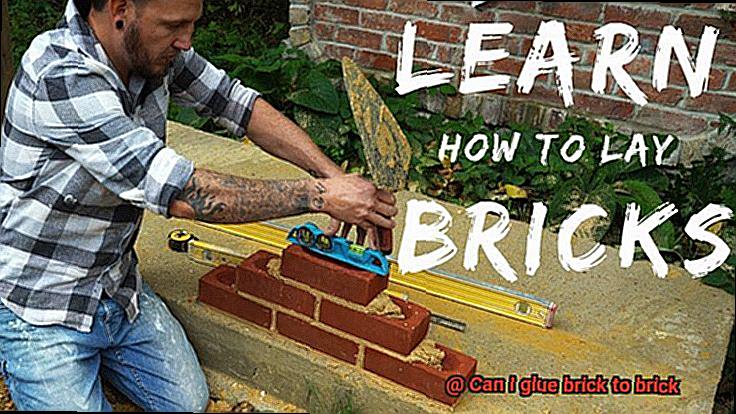
Another disadvantage is the limited durability of glue compared to traditional mortar. Mortar is a tried-and-true material that can withstand various weather conditions, including extreme temperatures, moisture, and seismic activity. On the other hand, glue may deteriorate or weaken faster under these circumstances, which can result in damage or failure of the bond between the bricks.
Repairs can also be more difficult with glued bricks. If a brick needs to be replaced or if there is any damage to the structure, it can be challenging to remove glued bricks without causing further harm. In contrast, mortar joints can be easily chiseled out, allowing for straightforward brick replacement or repairs.
Furthermore, glueing brick to brick can impact the visual appeal of the structure. Mortar joints provide a distinctive and traditional look that many find appealing in brickwork. Glue lines between bricks can be more noticeable and may not offer the same level of aesthetic satisfaction as mortar joints. This is particularly important for architectural projects or when maintaining the historical appearance of a building.
Flexibility is another issue with glue as it lacks the flexibility that mortar offers in brick-to-brick bonding. Mortar is designed to have a certain degree of flexibility, allowing for slight movement and expansion/contraction of the bricks without causing damage or stress to the structure. Glue, on the other hand, is generally less flexible and may not accommodate such movements, potentially leading to cracks or fractures in the bricks.
Disassembling a structure built with glued bricks can also be significantly more challenging compared to mortar-based construction. Mortar joints can be easily broken up with appropriate tools, whereas glued bricks may require more complex and time-consuming methods to separate them. This can be a significant disadvantage when considering future renovations or modifications.
Lastly, finding specialized glues specifically designed for bonding bricks can be difficult. While there are various types of glue available on the market, suitable glues that offer long-lasting and reliable adhesion between bricks may not be as readily accessible as mortar. This limitation can make it challenging to find the right adhesive for the job and may result in subpar bonding.
Choosing the Right Adhesive for Gluing Brick to Brick
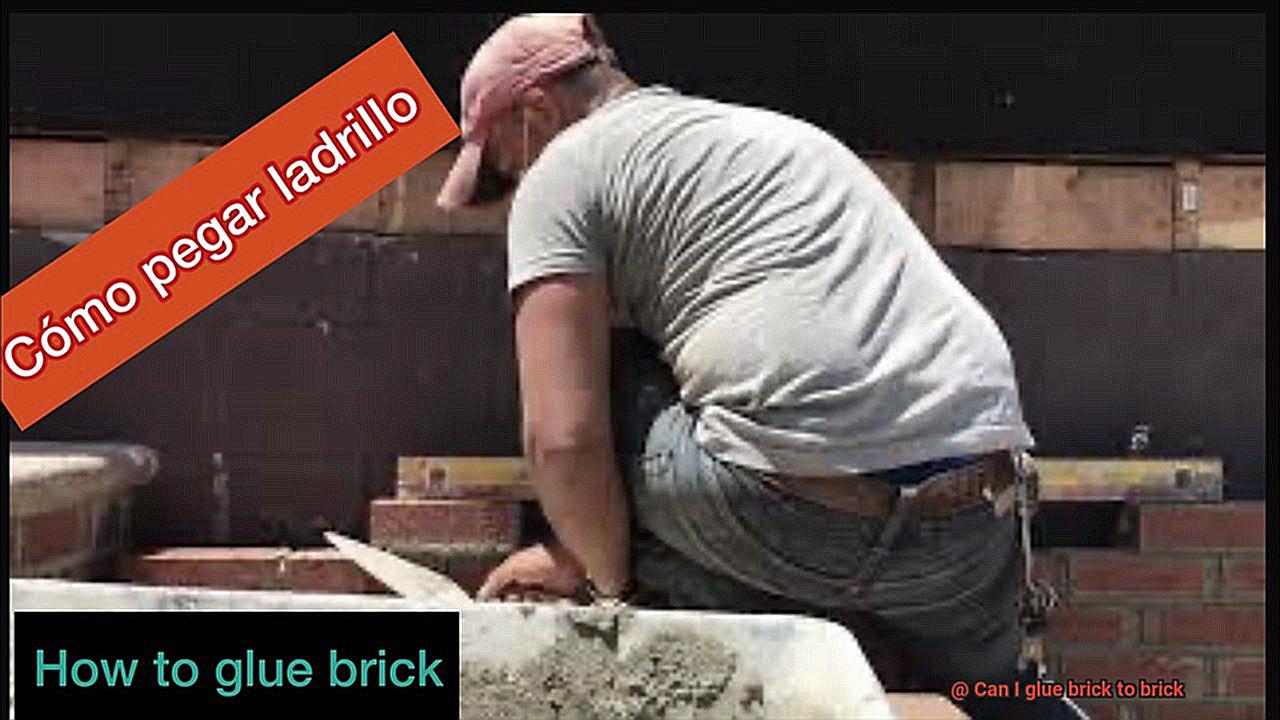
Choosing the right adhesive for gluing brick to brick is of utmost importance to ensure a strong and durable bond that can withstand the test of time. There are several factors to consider when selecting the adhesive, including the type of bricks being used, the intended application, and the environmental conditions the adhesive will be exposed to.
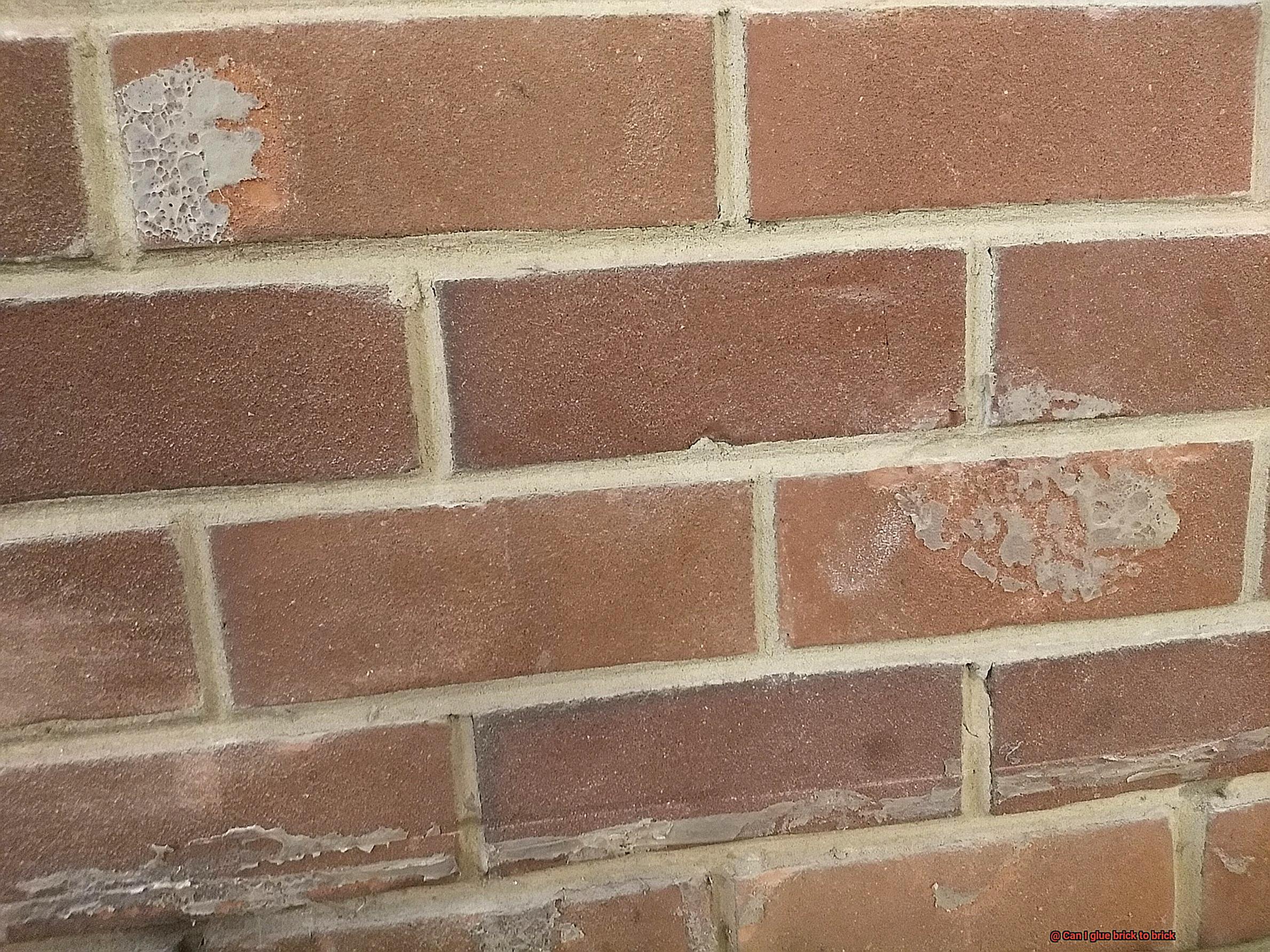
One of the most commonly used adhesives for bonding bricks is a construction adhesive. These adhesives come in different formulations, such as polyurethane, epoxy, and acrylic. Each formulation has its own strengths and weaknesses, so it is crucial to choose one that suits your specific needs.
Polyurethane adhesives are known for their high strength and flexibility. They can bond well to different surfaces and are resistant to water and moisture, making them ideal for outdoor applications or areas prone to water exposure.
Epoxy adhesives, on the other hand, provide exceptional bonding strength and durability. They are suitable for heavy-duty applications but require proper mixing and have a limited working time.
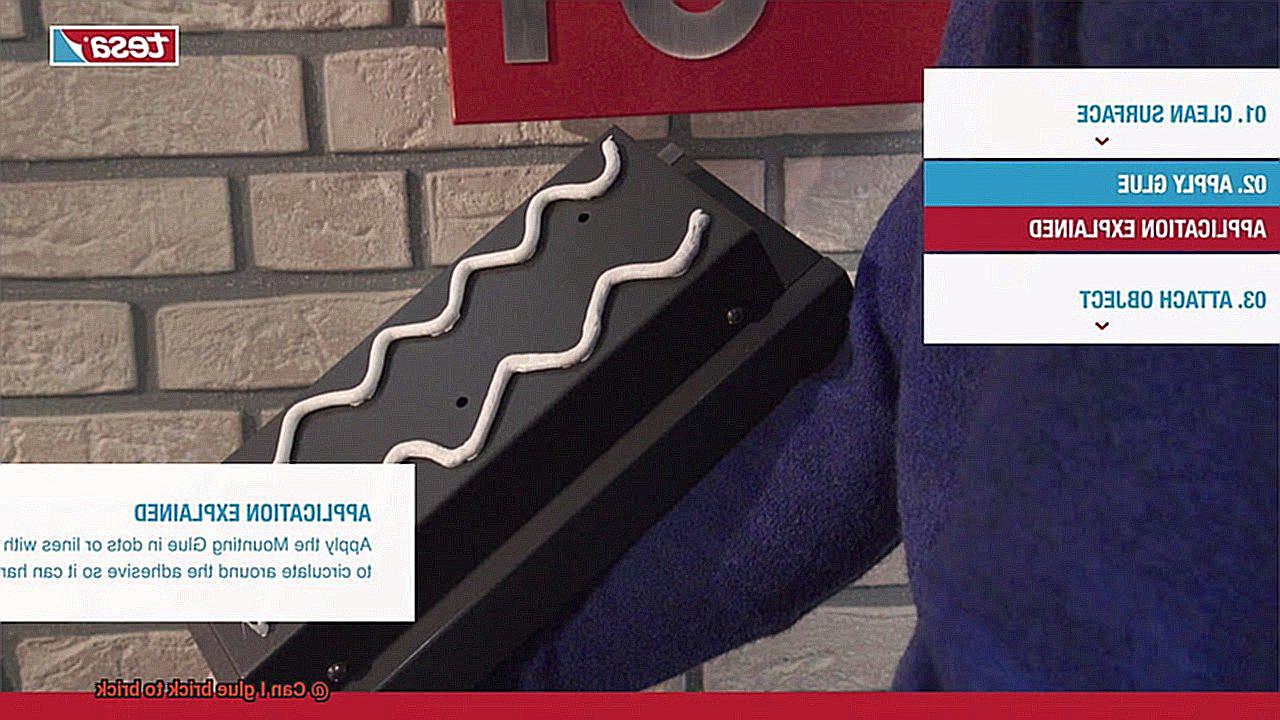
Acrylic adhesives offer ease of use and fast curing time. While they may not be as strong as polyurethane or epoxy adhesives, they still provide sufficient bond strength for many brick-to-brick applications. Additionally, acrylic adhesives are more affordable compared to other options.
In addition to considering the adhesive’s formulation, it is essential to choose an adhesive specifically designed for bonding bricks. Some construction adhesives are versatile and can bond various materials, but opting for an adhesive designed for bricks ensures better adhesion and overall performance.
Proper surface preparation is also crucial for achieving a strong bond. Thoroughly clean the brick surfaces to remove any dirt or debris that could hinder adhesion. Consider roughening the surfaces with sandpaper or a wire brush to provide more surface area for the adhesive to grip onto.
Furthermore, it is vital to follow the manufacturer’s instructions and recommendations when using the adhesive. This includes applying the adhesive in the recommended quantity and pattern and allowing sufficient curing time before subjecting the bond to stress or load.
Lastly, take into account the environmental conditions the adhesive will be exposed to. If the bonded bricks will be subjected to extreme temperatures, moisture, or UV radiation, choose an adhesive that is resistant to these conditions. Some adhesives may require additional sealants or coatings to protect them from environmental factors.
Preparing the Bricks Before Gluing
To achieve a sturdy and enduring bond when gluing bricks together, it is essential to prepare the surfaces with care. By following a series of straightforward steps, you can ensure that the glue adheres effectively and creates a robust connection between the bricks.
First and foremost, embark on the crucial task of thoroughly cleaning the bricks. The presence of dirt, dust, or debris on the surfaces can impede proper adhesion. Utilize a brush or a damp cloth to diligently eliminate any loose particles.
In addition to cleanliness, it is vital to assess the bricks for any signs of damage or looseness. Any bricks in such a state should be replaced before proceeding with gluing. Attempting to bond faulty bricks could compromise the overall strength of the structure and jeopardize its integrity.
Once the bricks are clean and sound, lightly roughen their surfaces to enhance adhesion. This can be accomplished by employing sandpaper or a wire brush with gentle strokes. Exercise caution not to apply excessive force that may damage the bricks during this process.
After roughening the surfaces, diligently eradicate any dust or debris generated during this step. A vacuum cleaner or a damp cloth will prove invaluable in removing any remnants.
Equally significant is ensuring that the bricks are completely dry before applying the glue. Moisture can interfere with the adhesive properties of the glue and weaken the bond. Thus, allowing ample time for the bricks to air dry thoroughly is paramount.
Finally, consider incorporating a primer or bonding agent into your preparation routine. Applying a primer can further augment adhesion between the bricks and glue, resulting in a more robust bond. Follow the manufacturer’s guidelines diligently when applying the primer and allow it to dry completely before advancing to the gluing phase.
Applying the Adhesive Properly
When it comes to applying adhesive properly to glue brick to brick, there are several key steps to keep in mind. These steps will help ensure a strong and durable bond between the bricks, creating a solid structure that will stand the test of time.
First and foremost, cleanliness is crucial. Before applying adhesive, it is important to clean the surfaces of the bricks thoroughly. Use a stiff brush or a pressure washer to remove any dirt, dust, or debris from the surfaces. Any particles on the surface can prevent the adhesive from properly adhering to the bricks.
Once the surfaces are clean, allow the bricks to dry completely. Moisture can interfere with the bonding process, so it is essential to wait for the bricks to dry completely before applying adhesive. Make sure the surfaces are dry and free from any moisture.
After the bricks have dried, it is time to prime the surfaces. Priming helps create a better bond between the adhesive and the bricks, enhancing the overall strength of the bond. Apply a thin layer of primer evenly on both surfaces of the bricks and allow it to dry according to the manufacturer’s instructions.
Now it’s time to apply the adhesive. Choose an adhesive specifically designed for bonding bricks together. Follow the manufacturer’s instructions for mixing and applying the adhesive. Some adhesives may require mixing with water or other additives before application.
Spread adhesive evenly on one surface of the bricks using a trowel or a putty knife. Make sure to cover the entire surface evenly, paying attention to any gaps or uneven areas.
Press the second brick firmly onto the adhesive-coated surface, aligning it properly with the first brick. Apply pressure evenly across the surface of both bricks to ensure a strong bond.
After pressing the bricks together, wipe off any excess adhesive that may squeeze out from between them using a damp cloth or sponge. This step helps create a cleaner and neater finish.
Allow the adhesive to cure according to the manufacturer’s instructions. This can range from a few hours to several days, depending on the type of adhesive used. It is important to avoid disturbing or applying any stress to the bonded area during this curing period.
Once the adhesive has cured, inspect the bonded area for any gaps or loose areas between the bricks. If necessary, apply additional adhesive to fill in any gaps and ensure a solid bond.
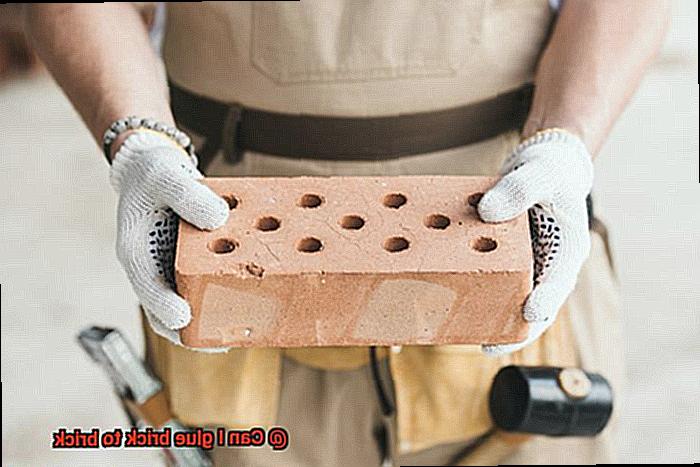
Finally, protect the glued bricks from external factors that may affect the bond, such as extreme temperatures or excessive moisture. Regularly inspect the bonded area to ensure that the adhesive is holding up well and make any necessary repairs as needed.
Curing Time for the Adhesive Bond
The curing time for the adhesive bond between bricks is an essential consideration in any construction or repair project. It refers to the duration it takes for the adhesive to fully set and reach its maximum strength. This crucial period directly impacts the durability and reliability of the bond, making it imperative to understand and adhere to the necessary curing time.
To ensure a successful bond, it is essential to follow the manufacturer’s instructions regarding the specific adhesive being used. These instructions can typically be found on the product label or in the technical data sheet. Manufacturers have conducted extensive testing to determine the optimal curing time for their adhesive, so it is crucial to trust their expertise.
Various factors can influence the curing time of the adhesive bond between bricks. Temperature, humidity, and the porosity of the bricks all play significant roles. Higher temperatures and lower humidity levels generally result in faster curing times, while colder temperatures and higher humidity levels can prolong the process. These environmental factors must be taken into consideration during project planning.
Patience is key when it comes to curing time. While some adhesives may reach initial strength within a short period, it is crucial to wait for the full curing time before subjecting the bonded bricks to any significant load or stress. Prematurely exposing the bond to excessive stress can weaken or even break it before it has fully cured, compromising the structural integrity.
In some cases, additional support or bracing may be necessary during the curing process to prevent any movement or displacement that could compromise the bond. Regular monitoring and inspection of the adhesive bond during this period can help identify any issues or potential problems early on, allowing for timely corrective action if needed.
When embarking on a project involving glued bricks, proper scheduling and allowing adequate time for curing are crucial. Rushing through this process can lead to weak bonds and potential failures down the line. Taking into account the curing time when planning construction or repair projects ensures a strong and durable bond that will stand the test of time.
Strength and Durability of a Glued Bond
When it comes to creating a strong and lasting bond between bricks, several factors come into play. The type of glue used, surface preparation, application technique, environmental conditions, load-bearing capacity, and regular maintenance all play pivotal roles in determining the strength and durability of the bond.
The type of glue used is crucial in achieving a strong bond. Epoxy is known for its high bonding strength and excellent resistance to moisture, temperature changes, and chemicals. It forms a robust bond between bricks that can withstand the test of time. Polyurethane adhesive is also commonly used due to its flexibility, allowing it to withstand movements and vibrations without breaking apart. Construction adhesive offers good bonding strength but may vary in durability depending on the brand and formulation.
Proper surface preparation is essential before applying the glue. Surfaces should be clean, dry, and free from contaminants that may hinder adhesion. This ensures that the glue adheres firmly to the bricks, creating a strong bond.
The application technique also affects the bond’s strength and durability. Glue should be applied evenly and in the right amount to avoid weak spots or excess glue that can compromise the bond’s integrity. Following the manufacturer’s instructions for application is crucial.
Environmental conditions can impact the bond’s performance over time. Temperature fluctuations, humidity levels, UV radiation, and moisture can all affect the adhesive’s properties. In areas with extreme weather conditions or high moisture levels, using a glue specifically formulated for such environments ensures maximum strength and durability.
Considering the load-bearing capacity is vital in ensuring structural integrity. Additional support may be required depending on the application. Consulting with a structural engineer or construction professional can help determine the appropriate support needed.
Regular maintenance and inspections are crucial in identifying any signs of degradation or weakening of the bond. Prompt repairs or reapplication of the glue may be necessary to maintain its strength and durability over time.
It’s important to note that gluing bricks together may not be suitable for all applications. In some cases, traditional masonry techniques such as mortar or cement may provide better long-term durability.
Factors Affecting the Longevity of a Glued Bond
When it comes to gluing brick to brick, understanding the factors that affect the longevity of the bond is crucial. Proper surface preparation, adhesive selection, environmental factors, load-bearing capacity, and maintenance and care all play significant roles in ensuring a long-lasting bond.
First and foremost, surface preparation is key. Thoroughly cleaning the surfaces and removing any dirt, dust, or debris is essential for creating a strong bond. Additionally, the surfaces must be dry and free from moisture as this can impede the adhesive’s performance.
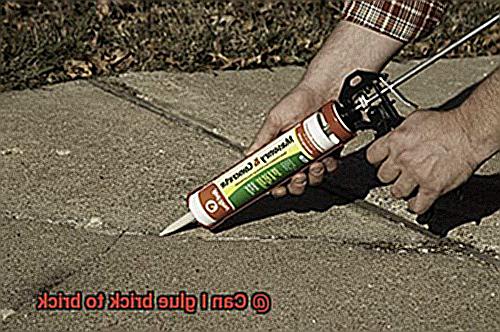
Choosing the right adhesive is vital. Specific adhesives designed for bonding bricks offer high bonding strength, excellent resistance to weathering, and flexibility to accommodate any expansion or contraction of the bricks.
Environmental factors also come into play. Extreme temperatures, humidity levels, and exposure to sunlight can impact the adhesive’s performance over time. It’s important to choose an adhesive that is compatible with these conditions.
Consider the load-bearing capacity of the bond. If the bonded bricks will experience heavy loads or constant pressure, opt for an adhesive with high strength and load-bearing capacity. Reinforce the bond with other structural elements like metal rods or mesh for enhanced durability.
Lastly, regular maintenance and proper care are essential. Inspecting the bond periodically for damage or deterioration and addressing issues promptly can prevent further problems. Avoid using harsh chemicals or abrasive cleaning methods that may harm the bond.
C3tygDHdDc8″ >
Conclusion
Yes, you can absolutely glue brick to brick.
It’s a simple and effective way to bond bricks together for various projects. Whether you’re building a wall, creating a decorative structure, or repairing damaged bricks, using adhesive can provide a strong and durable connection.
With the proper adhesive and correct application technique, you’ll be able to securely attach one brick to another, ensuring your project stands the test of time.

